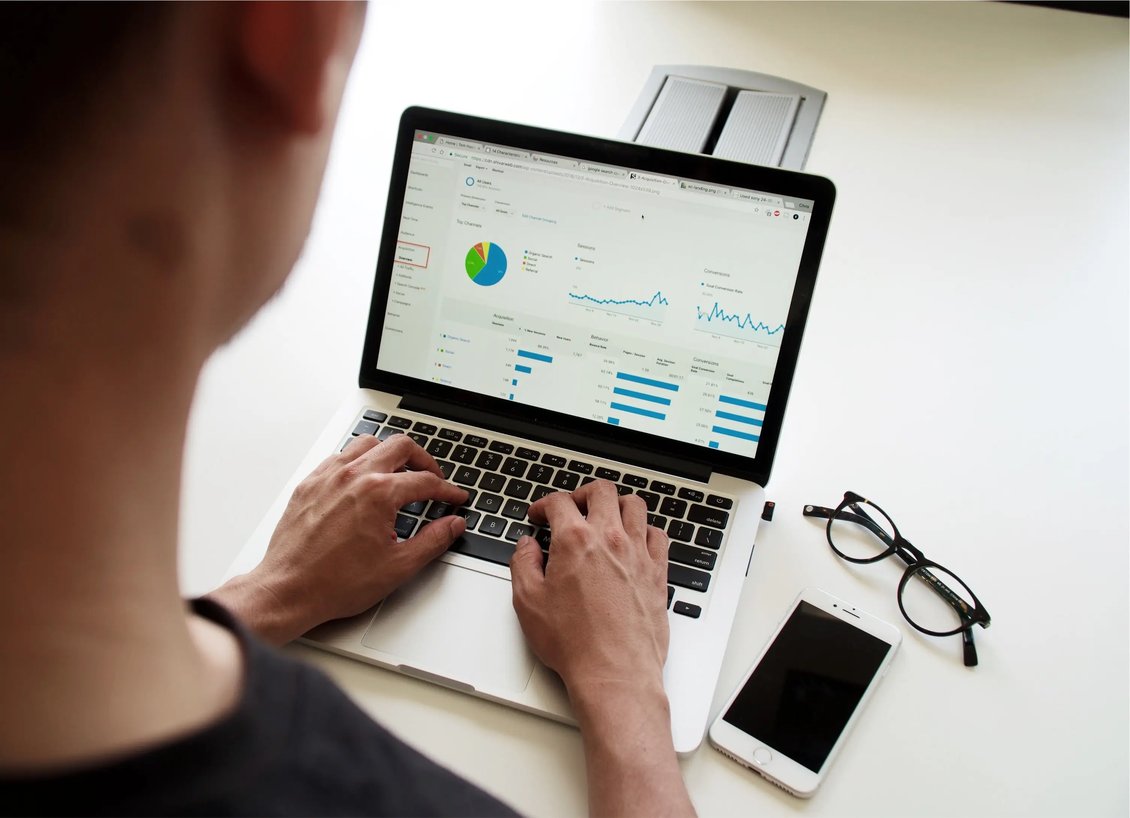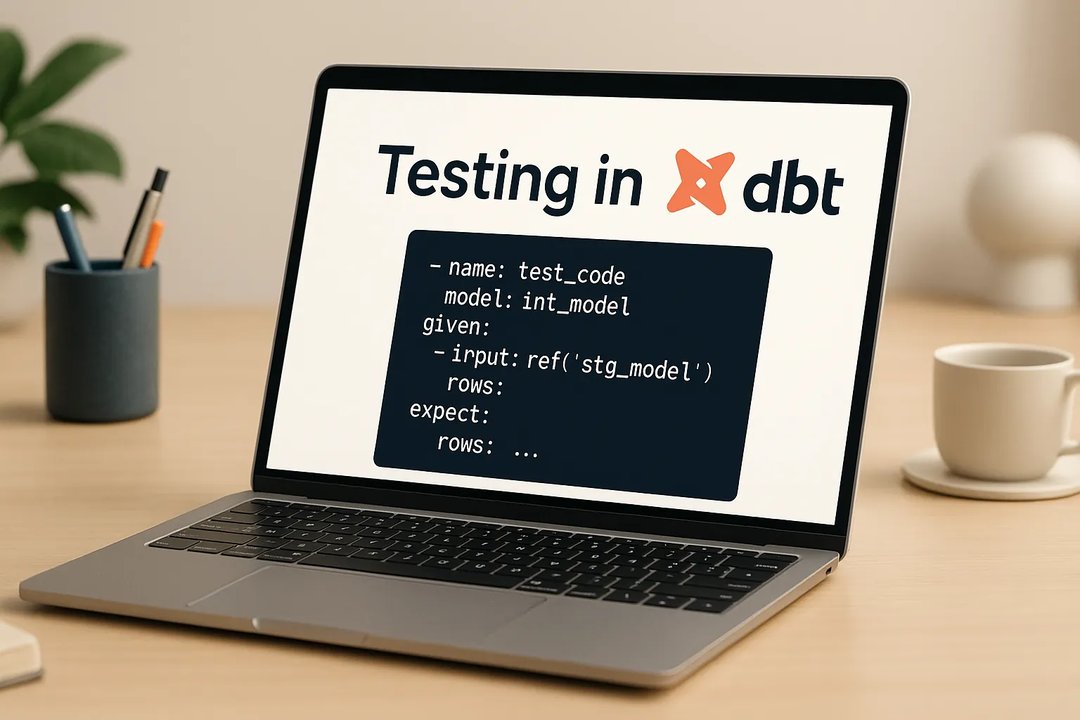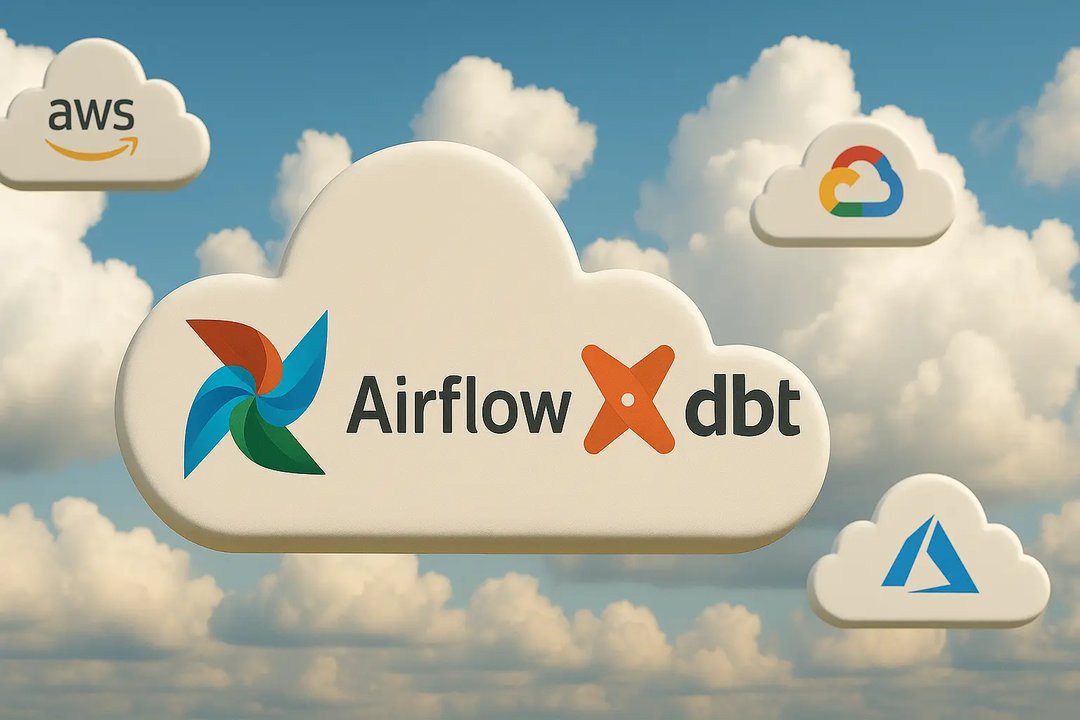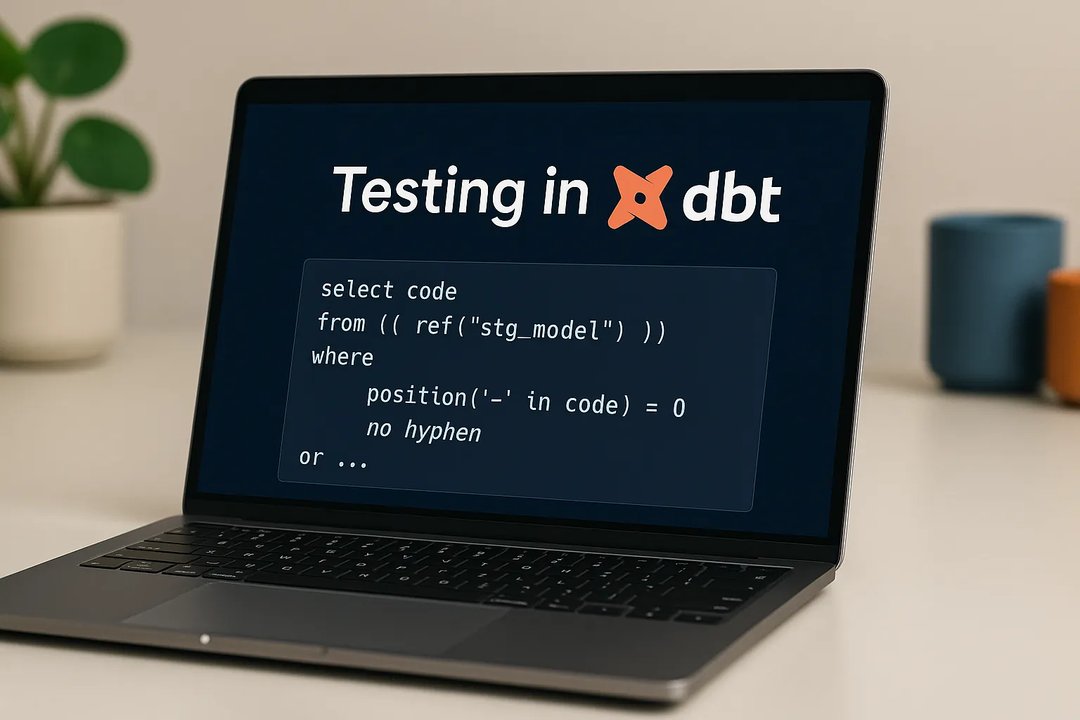
Sunscrapers Team
19 April 2023, 6 min read

What's inside
- What is data cleaning?
- What is data categorization?
- What is data normalization?
- Conclusion
- Contact us
- Read more
It’s not too bold to say that today data rules the world. However, raw data is often messy and unstructured, making it challenging to analyze and draw conclusions. This is where data cleaning, categorization, and normalization are crucial. They are essential to get the most out of the business data by ensuring it’s accurate, complete, and consistent.
But what are these processes really about? Here are their definitions and a thorough comparison.
What is data cleaning?
Data cleaning is identifying and correcting data errors, inconsistencies, and inaccuracies. Raw data collected by businesses may contain missing values, incorrect or inconsistent formats, duplicates, outliers, and other issues affecting its quality and usability. Data cleaning involves detecting and addressing these problems to ensure that data is accurate, complete, and consistent.
It can involve several tasks, such as removing duplicates, filling in missing values, correcting errors, and standardizing data formats. They can be performed manually or be automated using adequate software tools such as:
- OpenRefine - a free, open-source tool that provides a user-friendly interface for cleaning and transforming data, including features for removing duplicates, clustering data, and parsing values.
- Trifacta - uses machine learning algorithms to automate data cleaning tasks. It provides a visual interface for exploring and cleaning data and tools for transforming and reshaping it.
- Talend Data Preparation - a cloud-based tool that provides a wide range of features for cleaning and transforming data, including data profiling, fuzzy matching, and data enrichment.
- Microsoft Excel - a widely used spreadsheet program that includes features for data cleaning, such as removing duplicates, filtering data, and applying formulas to transform data.
- Python Libraries - e.g., Pandas, NumPy, and SciPy provide tools for cleaning, transforming, and analyzing data using Python programming.
What is data categorization?
Data categorization is grouping similar data based on their characteristics or attributes. This process helps organize data meaningfully, making it easier to analyze and interpret. It involves identifying the standard features or attributes of the data and categorizing them accordingly. For example, customer data can be grouped by demographic information, such as age, gender, and location, and product data can be categorized by type, category, and brand.
Data categorization is an essential step in data analysis and visualization, as it allows businesses to identify patterns and trends in their data. It includes several techniques, such as
- Manual categorization, which involves grouping similar data based on human judgment. This method is suitable for small datasets with clear categories and where human expertise is necessary. However, it’s also time-consuming and prone to errors and inconsistencies.
- Automated categorization uses machine learning algorithms to categorize data based on their patterns and features. This method is suitable for large datasets and complex data structures. Some of the used machine learning algorithms are k-means clustering, decision trees, and neural networks. However, this method requires expertise in machine learning and may be prone to errors if the algorithm isn’t appropriately trained.
- Rule-based categorization involves defining rules or criteria for categorizing data. For example, rules can be defined based on specific fields or attributes if the data is in a structured format, such as a database. Nonetheless, this method may not be suitable for datasets with complex structures or where the rules are unclear.
- Hybrid categorization combines manual and automated techniques. You initially use automated tools to group data and then manually refine the categories based on human judgment. It’s suitable for datasets with complex structures or where human expertise is needed to ensure accuracy.
The choice of tools for data categorization depends on the complexity and size of the data as well as on the desired level of automation, as some of them may require more manual input. In contrast, others may provide more automated solutions. They include
- Tableau - a data visualization tool with features for categorizing data, such as creating groups and sets based on attributes or calculated fields.
- RapidMiner - a data science platform that includes features for data preprocessing, including data categorization using machine learning algorithms such as k-means clustering and decision trees.
- OpenRefine - a free, open-source tool that includes features such as clustering data based on similarity.
Apart from that, you can also use Microsoft Excel and Python libraries, just like in the case of data cleaning.
What is data normalization?
Data normalization is the process of organizing and transforming data to eliminate redundancy and inconsistency while preserving the integrity and accuracy of the data. It involves applying rules and techniques to a database or dataset to ensure the data conforms to a specific set of standards. These rules include dividing large tables into smaller, more manageable ones and ensuring each has a unique primary key. Other rules include removing redundant data and eliminating dependencies between tables.
There are several levels of data normalization, known as normal forms:
- First Normal Form (1NF) requires that each column in a table contains only atomic values (i.e., values that cannot be further decomposed into smaller components). This rule ensures that each data element is stored in only one place and eliminates redundancy.
- Second Normal Form (2NF) requires that each non-key column in a table depends on the entire primary key rather than only part of the primary key.
- Third Normal Form (3NF) requires that each non-key column in a table is not dependent on any other non-key column in the same table. It eliminates transitive dependencies between data elements and ensures that each component is stored in only one place.
Tools used in data normalization include
- Microsoft Access - a relational database management system (RDBMS) that involves features such as creating tables, defining relationships between them, and enforcing referential integrity.
- MySQL Workbench - a visual tool for designing, developing, and administering MySQL databases with features such as creating and editing table structures and defining foreign key relationships.
- ER/Studio - a data modeling tool that includes visual representations of data structures and the ability to enforce normalization rules.
- Toad Data Modeler - a database design and data modeling tool that includes features for normalizing data structures and enforcing referential integrity.
- SQL Power Architect - a data modeling and profiling tool used to map data between different database structures and generate normalized data models.
Conclusion
As the amount of data generated by organizations continues to grow, it is essential to have robust data management strategies in place.
By implementing data cleaning, categorization, and normalization techniques, organizations can ensure that their data is structured to facilitate data analysis, decision-making, and business intelligence while minimizing redundancy and inconsistency.
Contact us
It's important to note that the best data processing technique will depend on the specific requirements and goals of your project.
However, at Sunscrapers, we can provide a general comparison of cleaning, categorization, and normalization, which should help you determine which technique(s) may be most appropriate for your data.
Contact us today!


